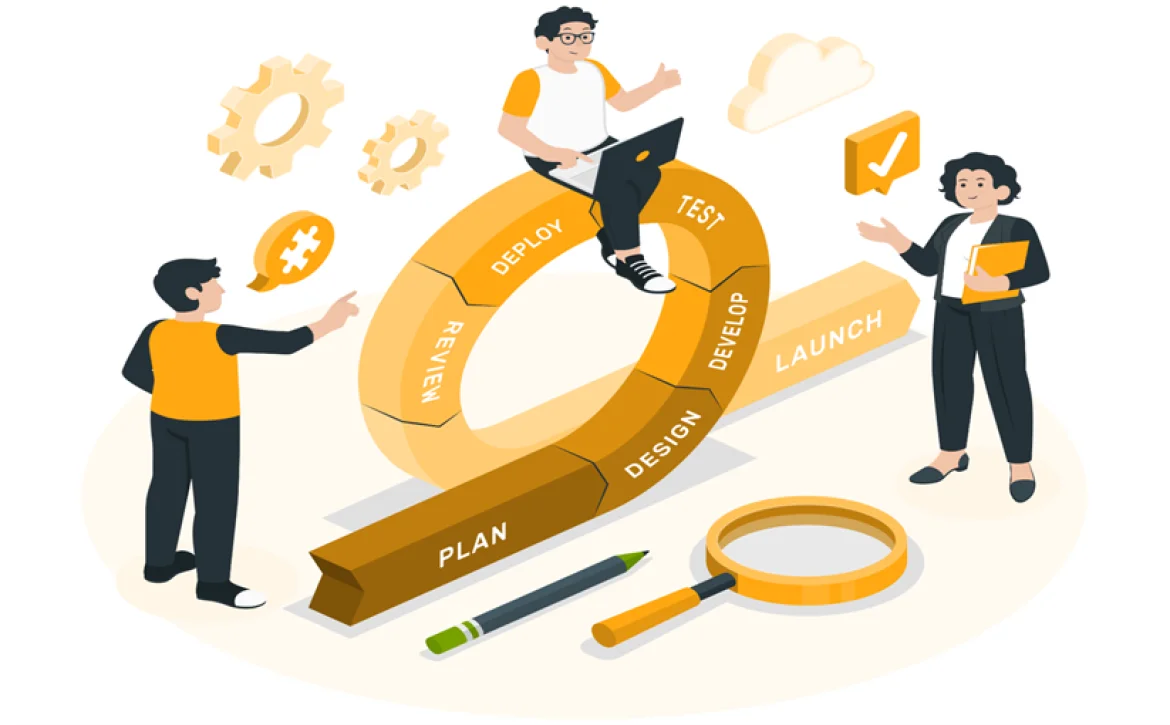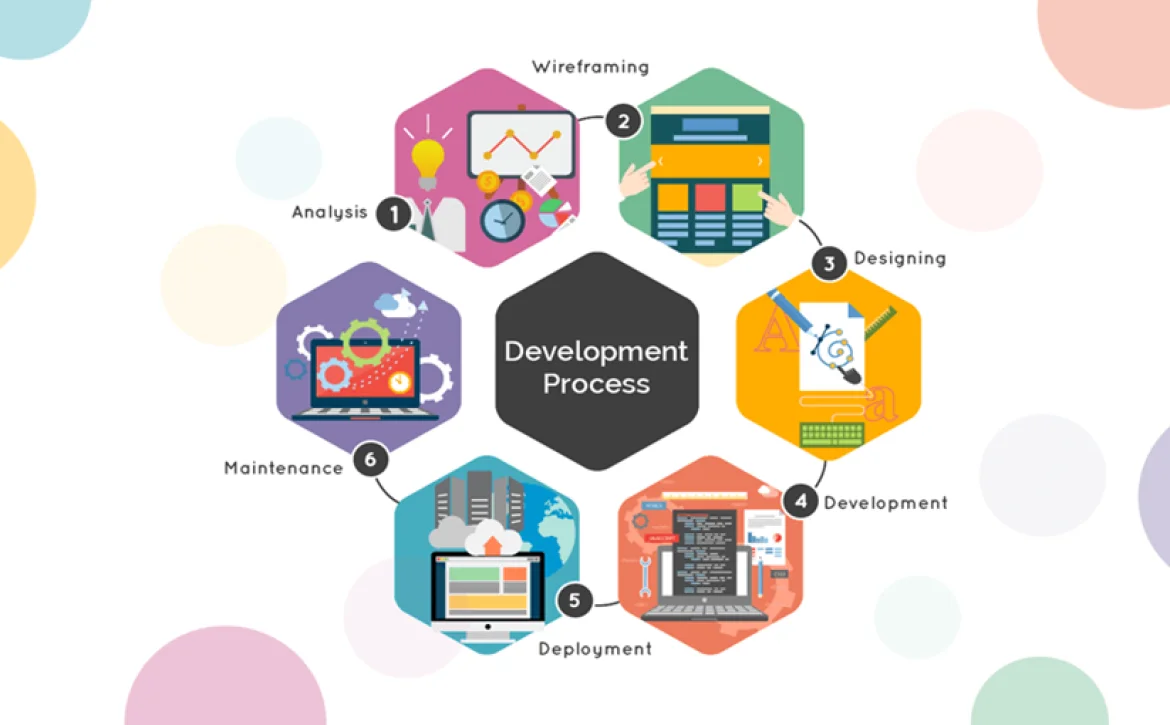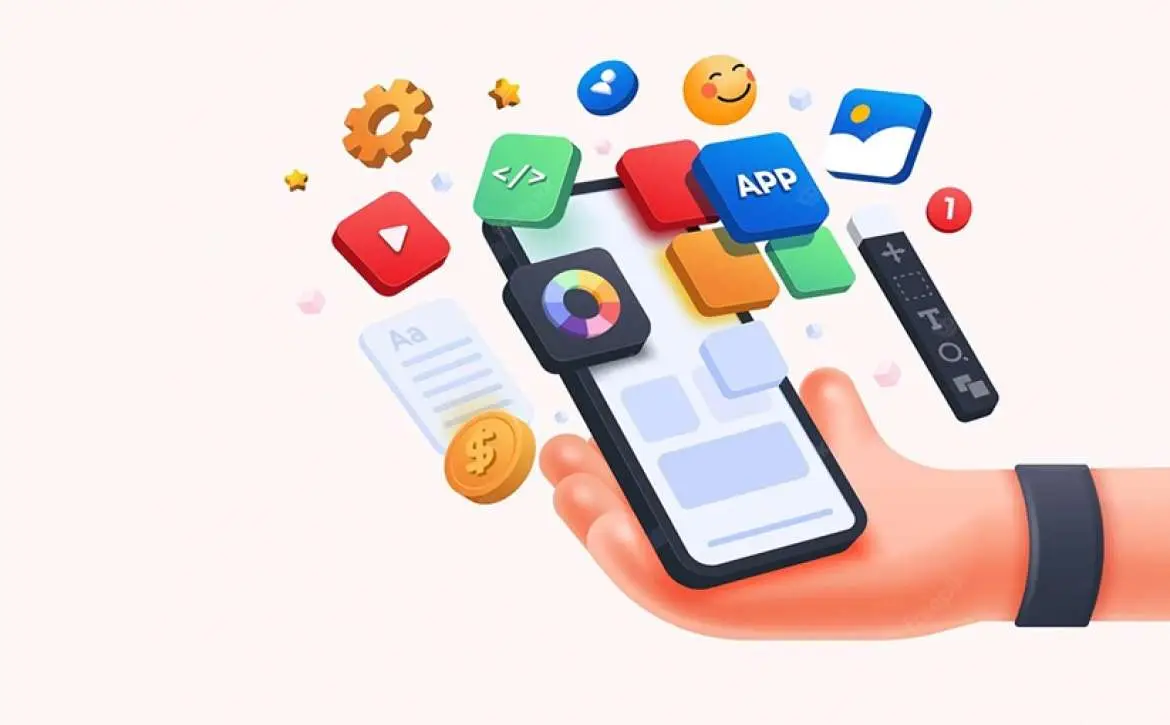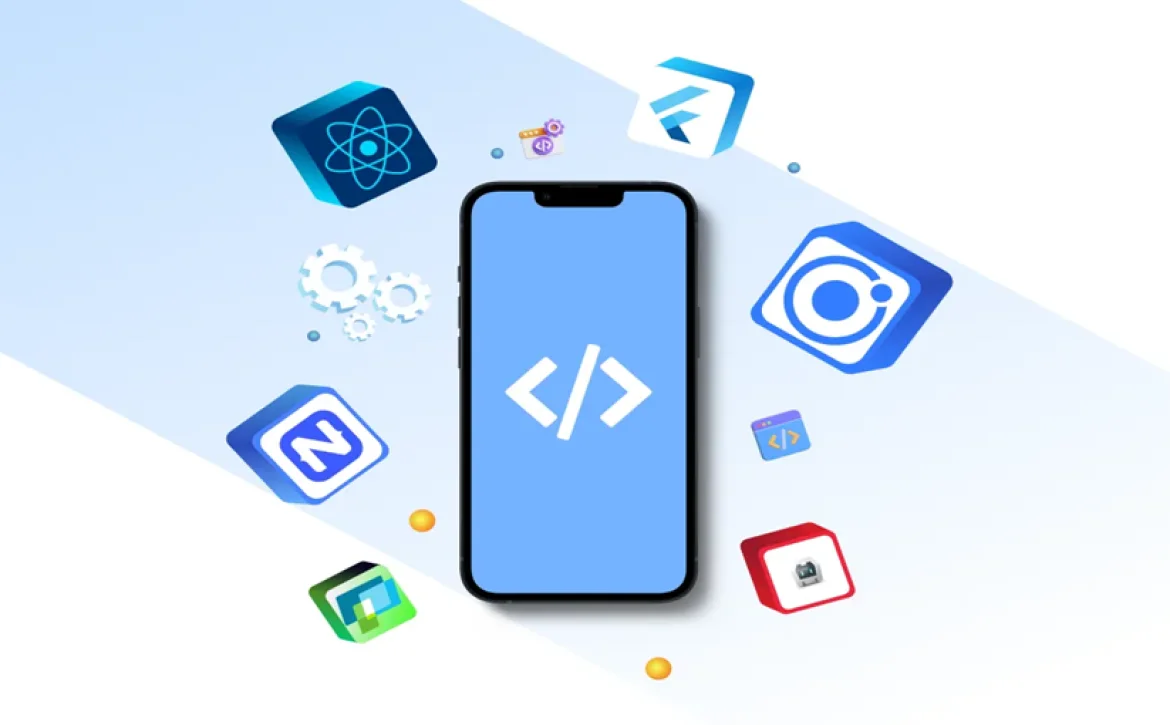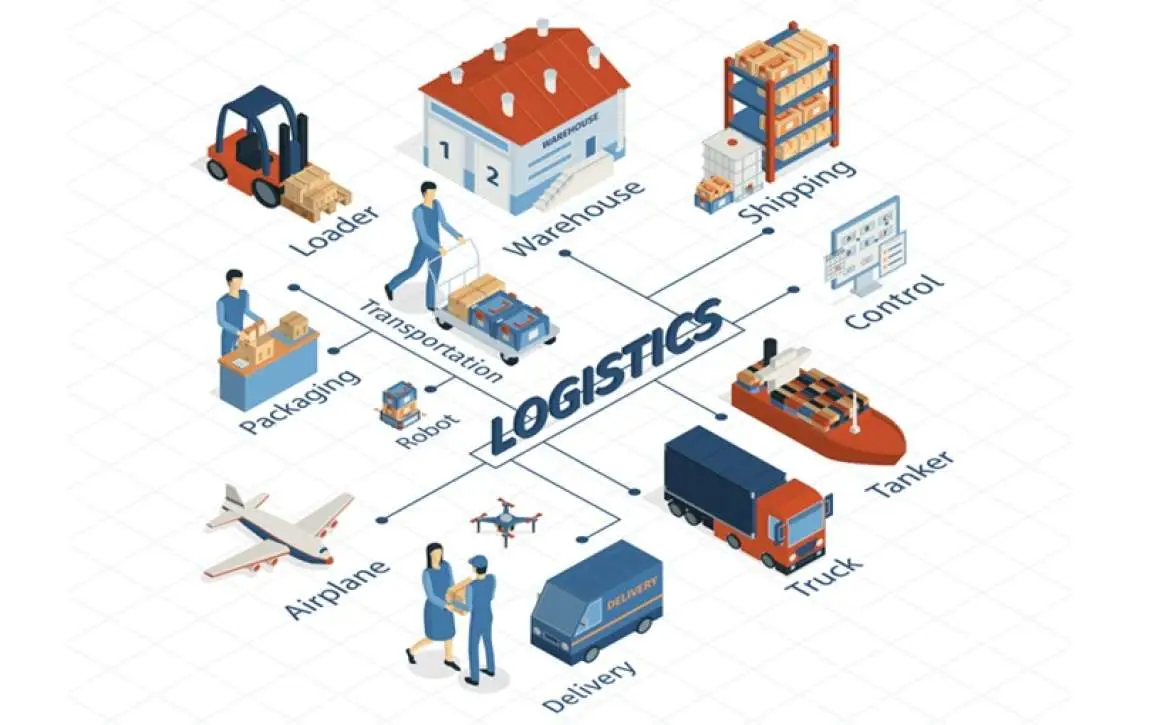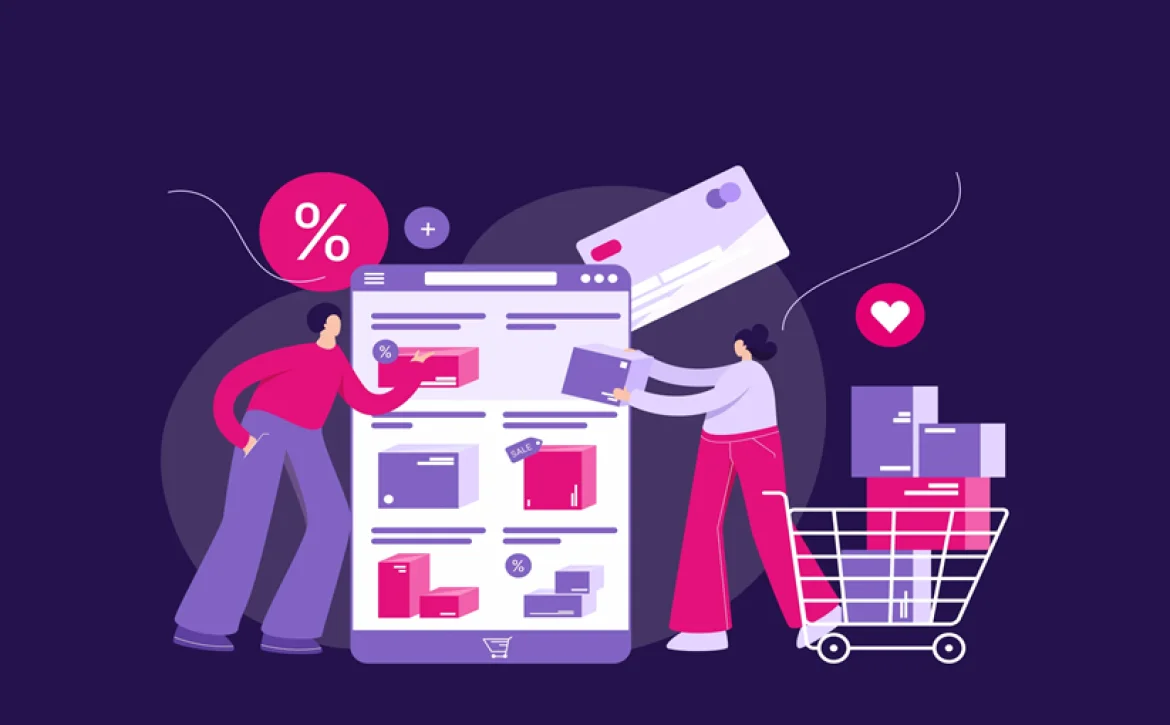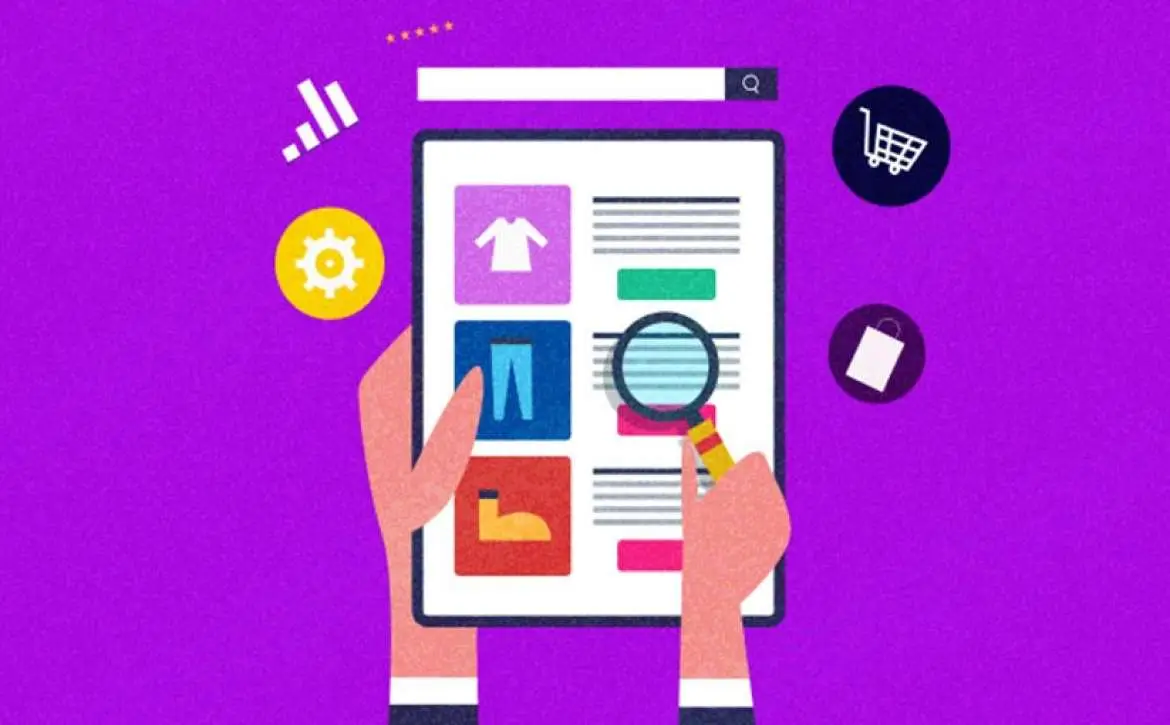App Development for Startups on a Budget Without Cutting Corners
Starting a business is exciting. Starting one in the app world can feel like a rollercoaster that moves faster than you expected. For many startup founders, the dream of launching a great app is instantly met with a not so exciting reality, the cost. Developing a high quality app can be expensive, and when you have limited funds, it can seem like the odds are stacked against you. But here is the truth. You do not need millions in the bank to build something remarkable. Some of the most successful apps you know today were created when the founders were still sharing a small apartment or working from a borrowed desk. The key was not the size of the budget, but how wisely it was used. When you think about app development for startups, it is easy to get overwhelmed by complex terms and endless technology options.
There is also the temptation to cut corners to save money, but this can backfire quickly. Poor design, unstable code, or a bad user experience can destroy your idea before it even has a chance to grow. This article is for the determined founder who wants to create something valuable without draining every dollar. Also walk through smart strategies, budget friendly approaches, and essential insights into the app development process that let you compete with the best. Whether you are researching the best app development for startups, looking into mobile app development technologies, or exploring how to start an app business with no money, you will find practical advice here that you can use right away.
1. App Development for Startups: Start with a Clear Vision
When funds are tight, clarity becomes your greatest weapon. Before you jump into development, define exactly what problem your app will solve and who it will serve. Write down the must have features for your first release and avoid the temptation to include everything at once. Many people jump into cross platform app development or start mobile app development without a clear focus. The result is a scattered product that tries to please everyone and ends up pleasing no one.
2. Validate Before You Build
One mistake many new founders make is spending months on development without knowing if their idea will resonate with users. Instead, validate your concept early. Use surveys, online communities like app development for startups reddit, or even a simple landing page to test interest. By getting feedback first, you avoid wasting money on features that nobody actually needs. Think of this step as building confidence before building code.
3. Choose the Right Technology
The right tools can save both money and time. Mobile app development technologies are evolving quickly, and some offer significant cost advantages. Cross platform app development tools like Flutter or React Native allow you to build for both iOS and Android at the same time, reducing workload and expenses. However, do not simply choose the cheapest option. A poor technology choice now can cause expensive problems later.
4. Work With Lean Teams
Hiring a full scale development agency may not be realistic if you are operating on a shoestring budget. Instead, look for freelance developers, small development studios, or even partnerships where equity can be part of the payment. When you start app development business with lean teams, you can keep overhead low while still accessing talented people. Just be sure to vet their skills carefully and check past work before committing.
5. Focus on the Minimum Viable Product
App development for startups: The concept of a Minimum Viable Product, or MVP, is a game changer for startups. Instead of building a massive feature rich app from the start, create a stripped down version that delivers your core value. This approach lets you enter the market faster, reduces risk, and gives you a chance to learn from real users without overspending.
6. Be Creative With Funding
If you are figuring out how to start an app business with no money, creativity becomes essential. Explore crowdfunding, pitch competitions, or small business grants. You can even partner with someone who has the technical skills you need in exchange for equity. Some founders also generate early revenue by offering paid consulting or side projects related to their app idea. That income can then be reinvested into development.
7. Test Relentlessly Before Scaling
Even if you have a small budget, allocate time for proper quality assurance. Bugs, crashes, or slow performance can turn early adopters into harsh critics. Focus on usability testing, cross platform performance checks, and security. The goal is to ensure that your app feels polished and trustworthy from day one.
8. App Development for Startups: Plan for Long Term Sustainability
The app development process does not end at launch. You need to plan for updates, bug fixes, and user support. Budget for these in advance so you do not run out of funds when users are expecting improvements. Think beyond the first release. Ask yourself how you will keep users engaged and how your business will grow as the app gains traction.
In the end, creating an app on a budget is not about doing everything cheaply. It is about making smart choices that give you the best return for every dollar you spend. From validating your idea before coding to selecting cost effective mobile app development technologies, there are many ways to be resourceful without sacrificing quality. When you approach app development for startups with focus, patience, and a willingness to adapt, you open the door to real success. Remember, some of the most inspiring success stories began with little more than an idea, a laptop, and the determination to see it through. Your budget may be small, but your vision does not have to be. Build wisely, test thoroughly, and never forget that value, not money, is the real currency that drives lasting impact.



